After exploring the simulator and seeing what happens to another invader as it relates to the ecosystem it enters, we're beginning to think that an invader is absolutely organism #3 on our graphs.
But it would be really helpful to see both the trout and sea lamprey in person, to get a first hand account of what these two organisms are like.
Field trips and scuba diving were suggested early on in our unit, and while these ideas are certainly great ways to see these organisms, it's hard to do and risky.
So Mrs. Brinza is bringing the organisms to us! The trout wasn't available, so we're using another bony fish--the perch, as a comparison. We'll be looking at both external and internal parts, to compare how these two organisms eat, swim, breathe, and reproduce.
On Day 1 of our dissection, we looked at the external parts of the bony fish.
But it would be really helpful to see both the trout and sea lamprey in person, to get a first hand account of what these two organisms are like.
Field trips and scuba diving were suggested early on in our unit, and while these ideas are certainly great ways to see these organisms, it's hard to do and risky.
So Mrs. Brinza is bringing the organisms to us! The trout wasn't available, so we're using another bony fish--the perch, as a comparison. We'll be looking at both external and internal parts, to compare how these two organisms eat, swim, breathe, and reproduce.
On Day 1 of our dissection, we looked at the external parts of the bony fish.
On Day 2, we looked at external parts of the sea lamprey.
And on Day 3, we looked at the internal parts of both organisms to figure out the most about reproduction. Look at all those eggs!
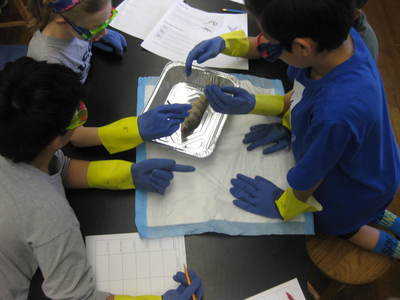
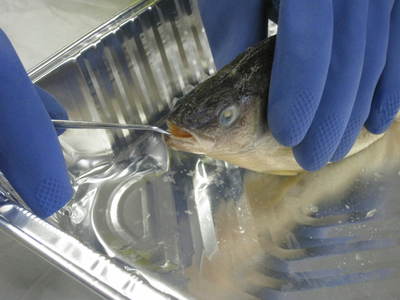
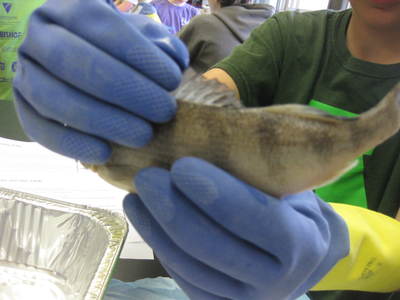
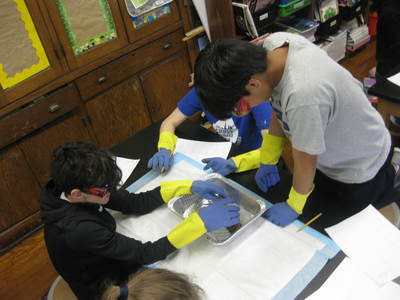
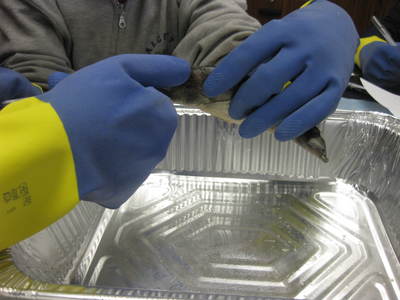
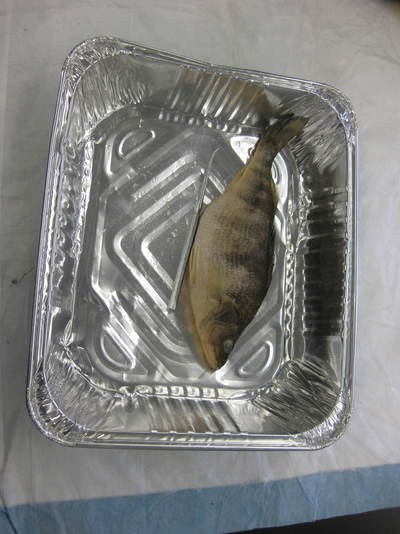
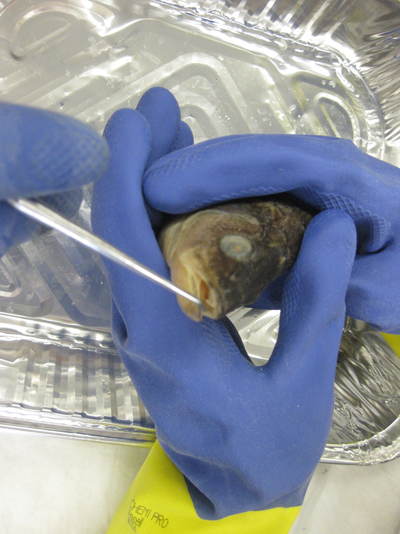
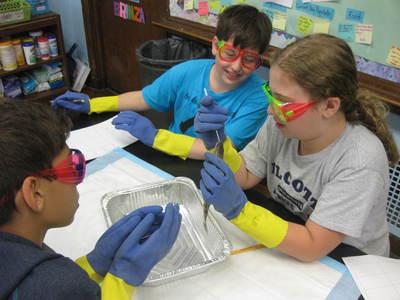

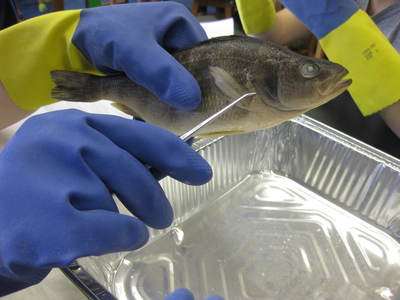
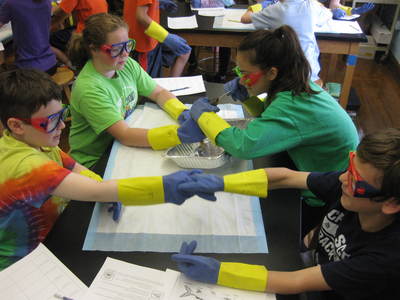
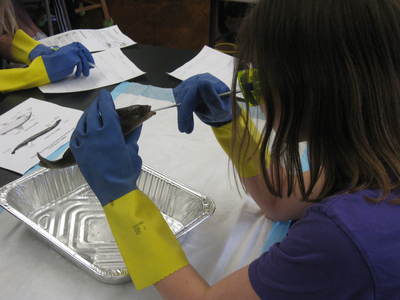

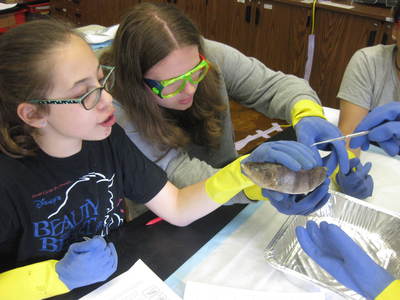

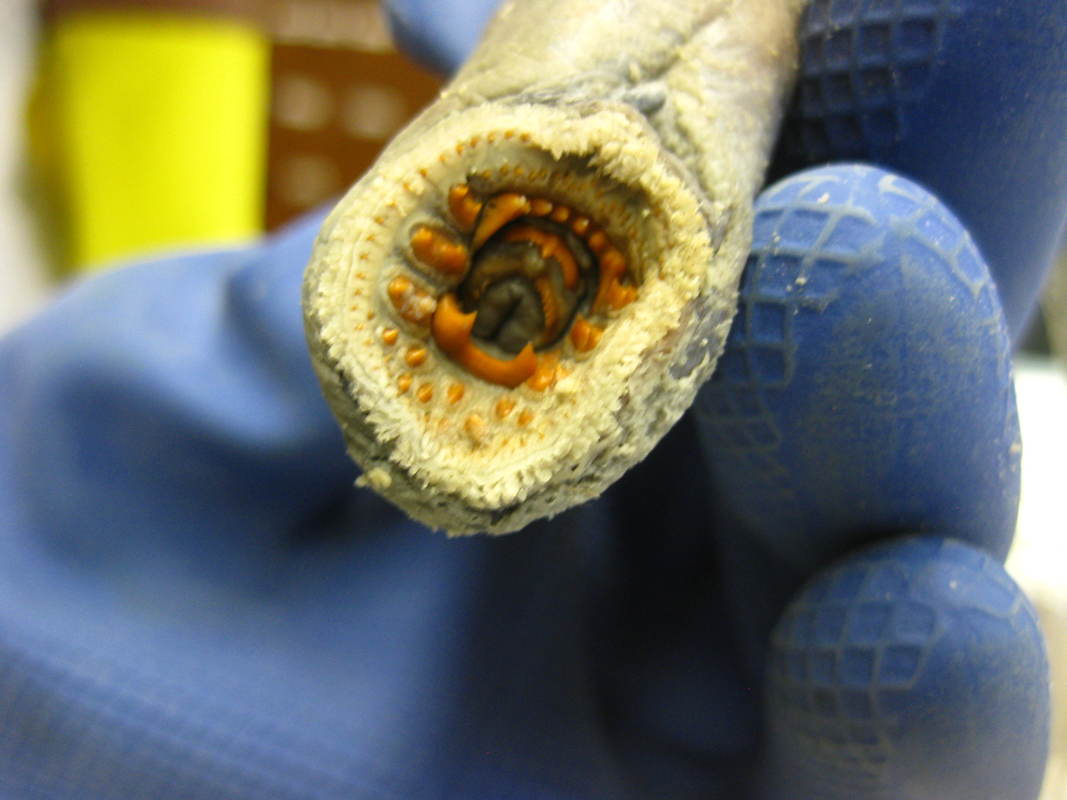
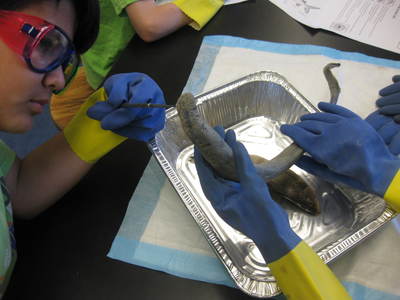

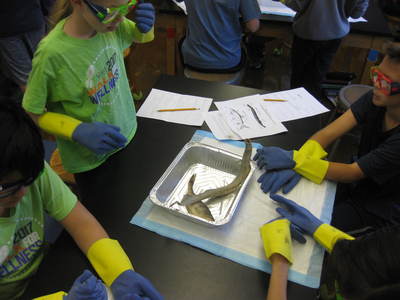
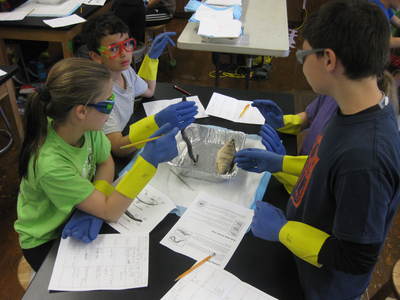
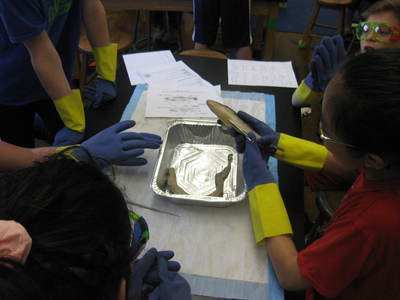
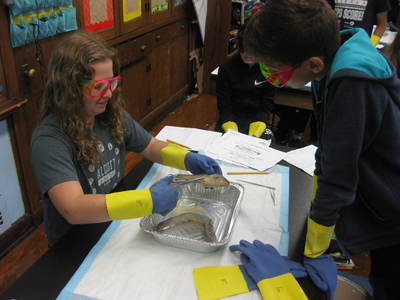

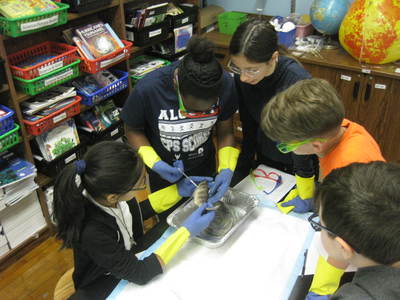
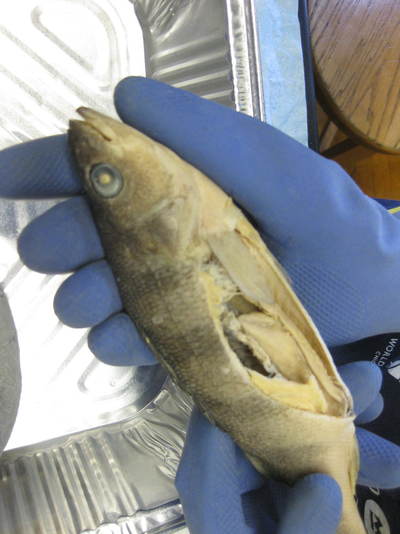
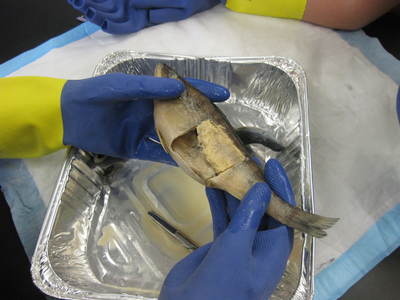
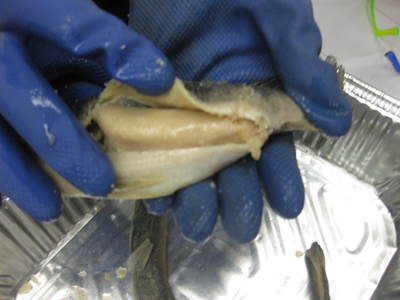
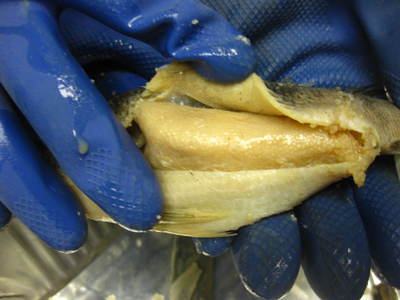
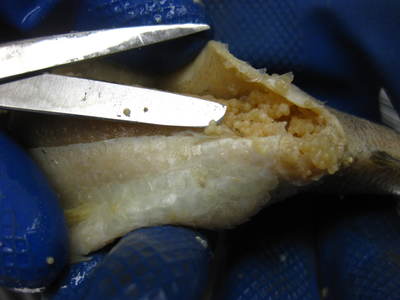
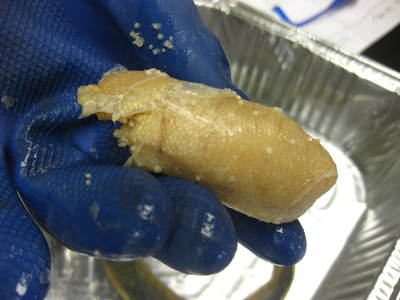

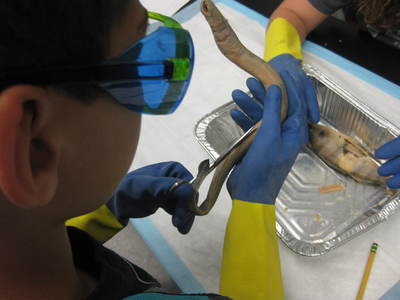
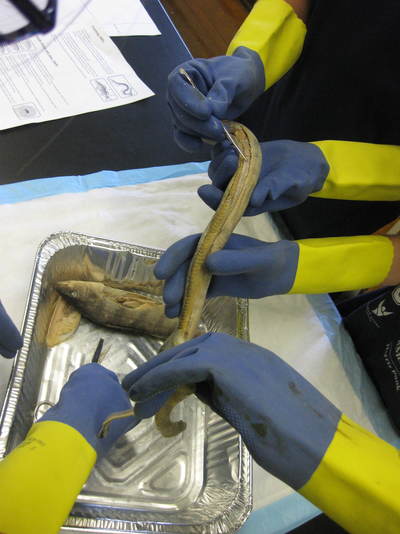
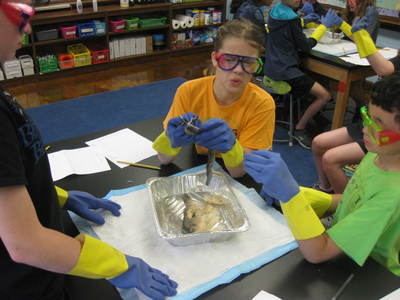
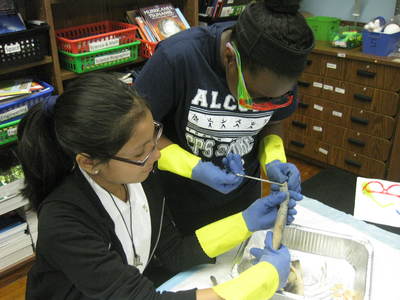
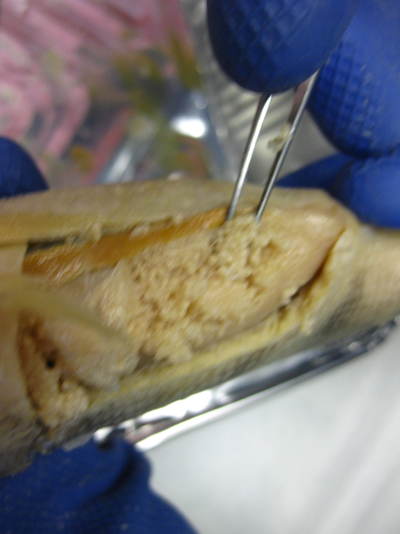
 RSS Feed
RSS Feed